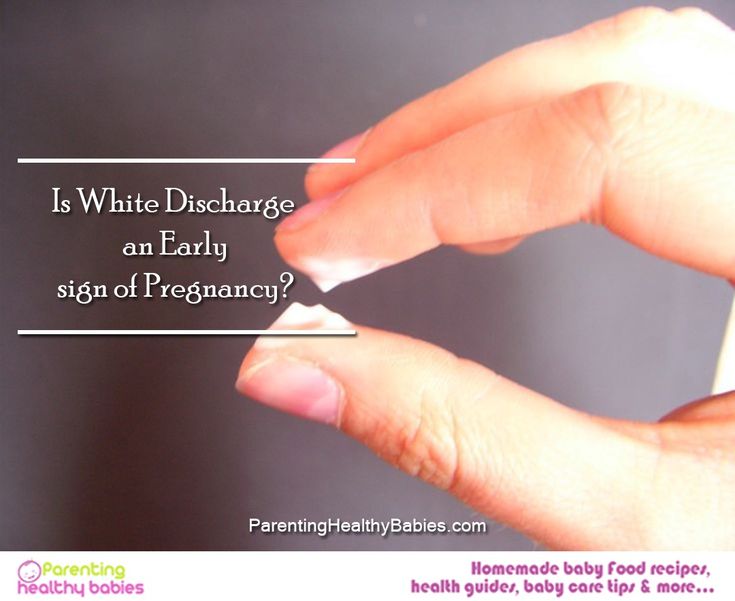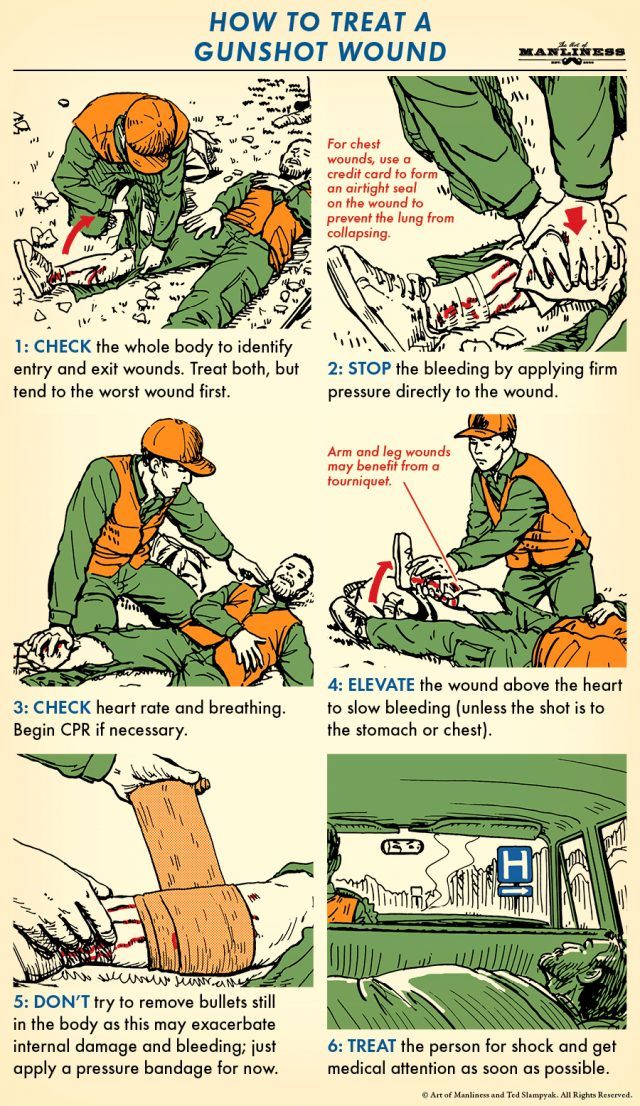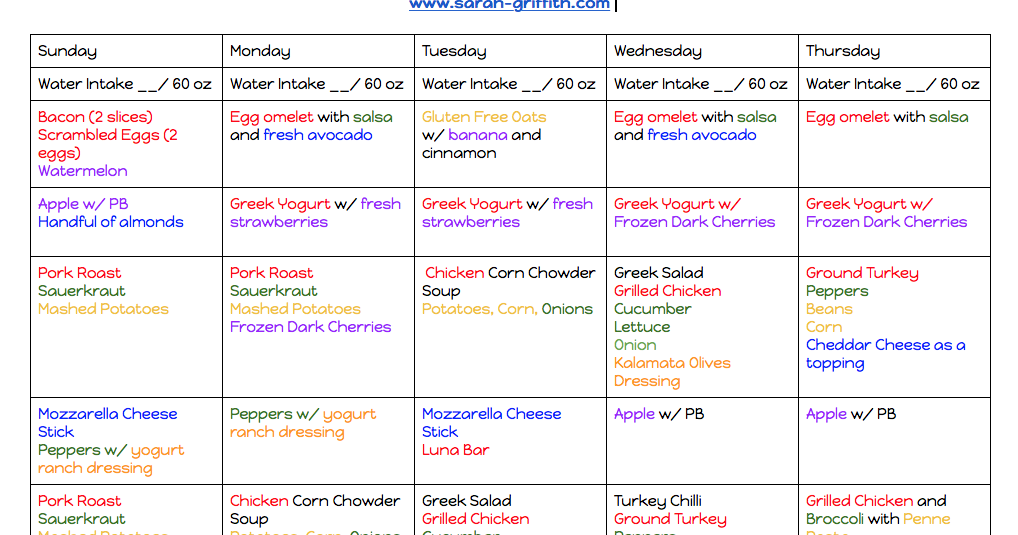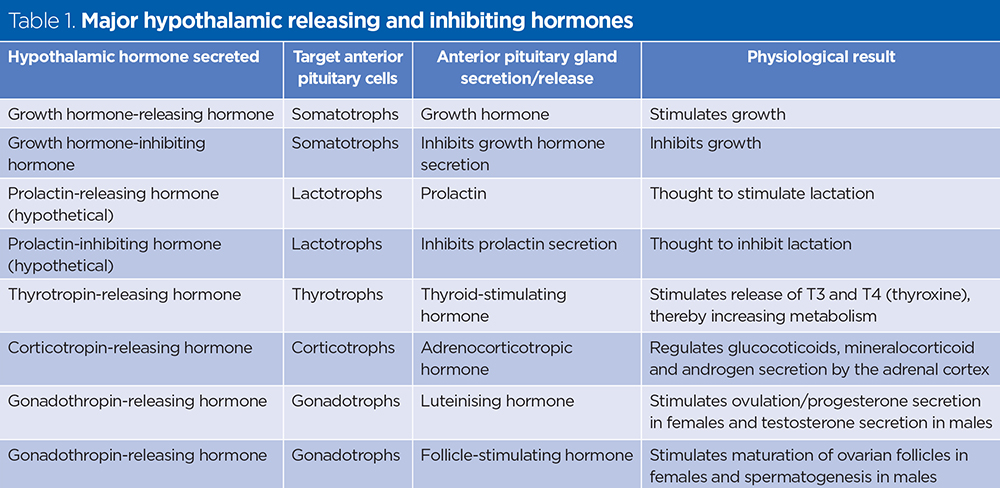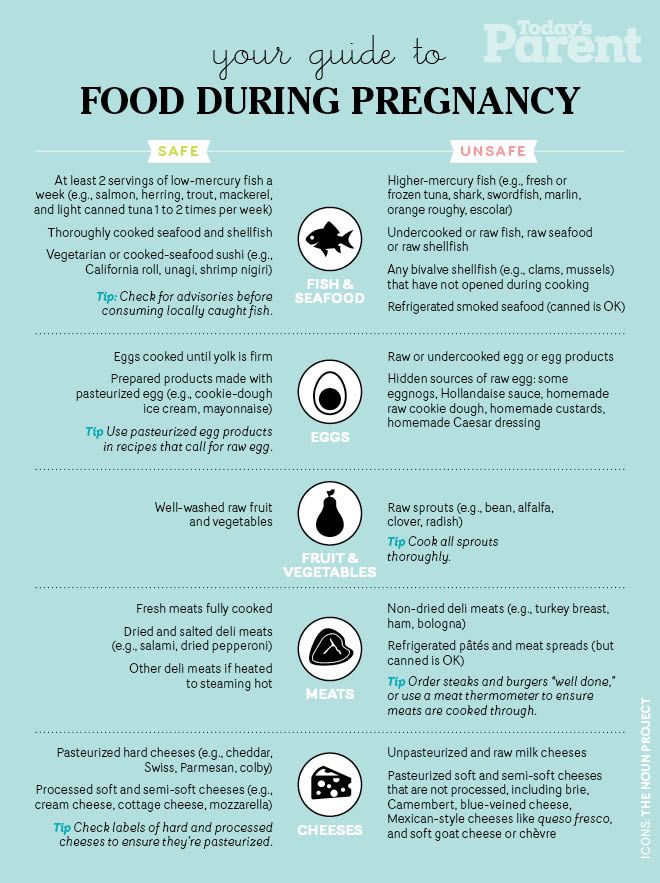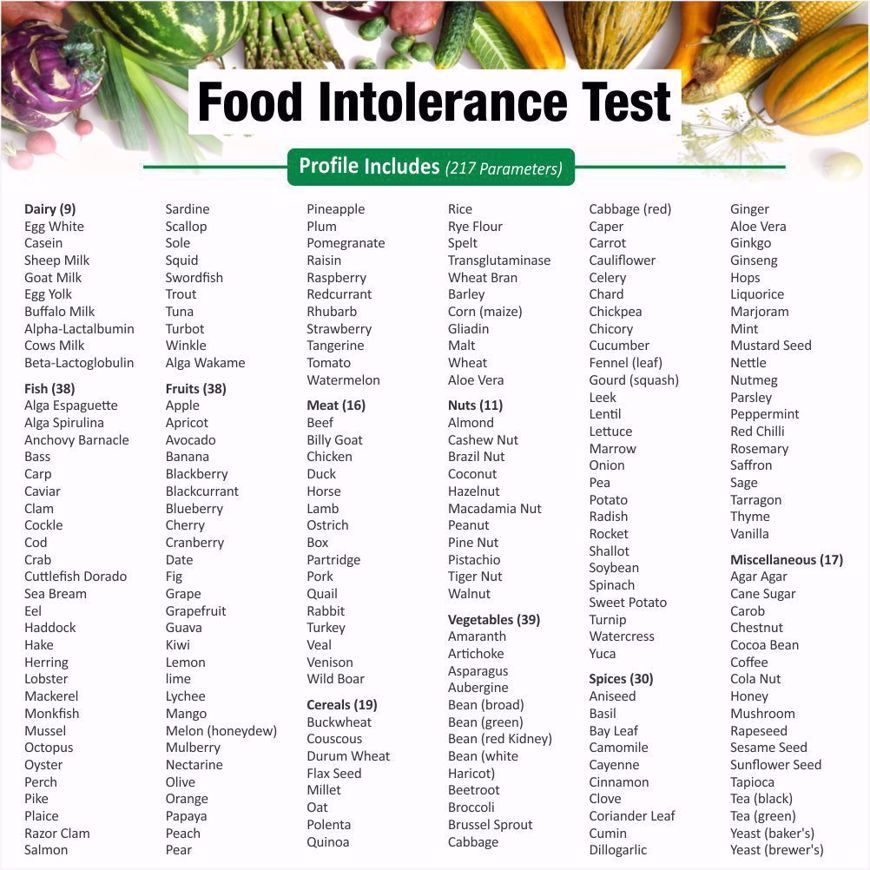My baby at 16 weeks in the womb
16 Weeks Pregnant | Pregnancy
Your baby is growing quickly and about to have another growth spurt. You will probably have put on some weight over the past few weeks too.
What's happening in my body?
You may see a midwife around now, who will weigh you and discuss how you're getting on. You might get to hear your baby's heartbeat for the first time. You will also get the results of any blood tests that you had during your booking appointment.
You will probably have been offered a test for 3 infectious diseases: HIV, hepatitis B and syphilis. If an infection has been picked up, then your midwife or doctor will talk to you about the best ways to protect your health and reduce the risk of passing on the infection to your baby.
Your blood pressure will be checked and you will need to provide a urine sample. This will be checked for signs of protein that could show if you're at risk of developing a dangerous condition called pre-eclampsia.
Constipation
Constipation is common in early pregnancy. It's when you find it really hard to poo, it can make you feel bloated, sick and give you tummy ache.
Try to:
- eat foods that are high in fibre, such as wholemeal bread, fruit and veg, beans and lentils
- exercise regularly
- drink lots of water
- avoid iron supplements (but talk to your doctor or midwife before ditching any medication)
Read more about easing constipation in pregnancy on the NHS website.
Carbon monoxide alert
You can not see, smell or taste it – but carbon monoxide gas is a killer. You can come into contact with it through faulty or poorly ventilated cooking or heating appliances. If you've already got a carbon monoxide detector, then check that it's working.
There's usually a test button – if it does not beep, the battery may need replacing or you need a new detector. You can pick one up at most supermarkets.
You can also become exposed to this harmful gas through breathing in cigarette smoke.
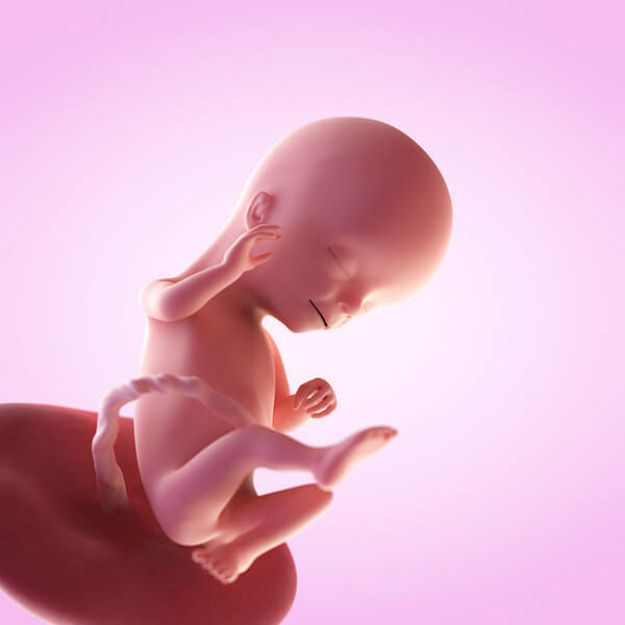
2nd trimester pregnancy symptoms (at 16 weeks)
Everyone's pregnancy is different but if you feel unwell and it's getting you down, speak to your doctor or midwife.
Your pregnancy symptoms may include:
- swollen and bleeding gums (week 13's page has information about gum health)
- pains on the side of your belly, caused by your expanding womb (known as 'round ligament pains')
- headaches
- nosebleeds
- feeling bloated (read how to cope with bloating on week 10's page and constipation)
- indigestion and heartburn (read about dealing with indigestion and heartburn on week 25's page)
- sore breasts
- leg cramps
- feeling hot
- dizziness
- swollen hands and feet
- urine infections
- vaginal infections (week 15's page explains about how to treat vaginal infections)
- darkened skin on your face or brown patches – this is known as chloasma or the "mask of pregnancy"
- greasier, spotty skin
- thicker and shinier hair
You may also experience symptoms from earlier weeks, such as:
- morning sickness (read about dealing with morning sickness on week 6's page)
- weird pregnancy cravings (read about pregnancy cravings on week 5's page)
- a heightened sense of smell
- mood swings (week 8's page has information on mood swings)
- a white milky pregnancy discharge from your vagina and light spotting (seek medical advice for any bleeding)
Read Tommy's guide to common pregnancy symptoms.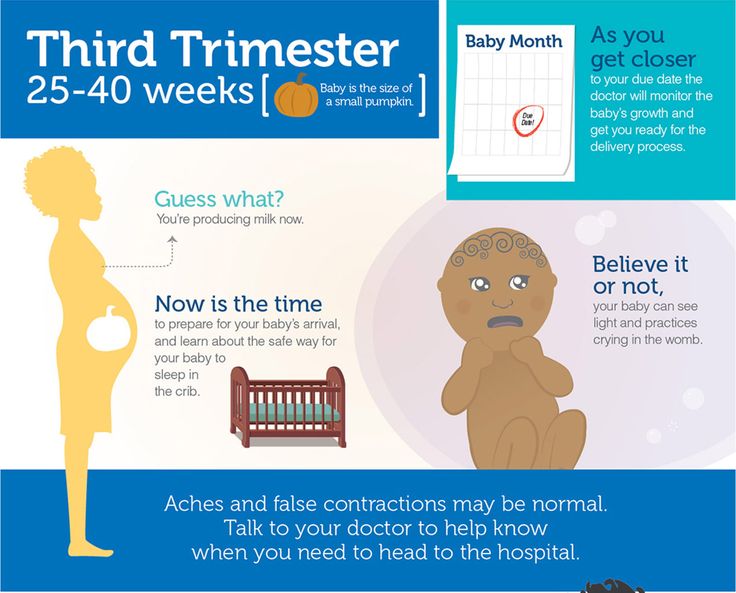
What does my baby look like?
Your baby, or foetus, is around 11.6cm long from head to bottom, which is the size of an avocado. The weight is around 100g, which is the same as a medium bag of salad.
Your baby is starting to pull faces now, but any smiling or frowning will be completely random, as there's no muscle control yet. The nervous system continues to develop, and this enables your baby to start moving their arms and legs. Your baby's hands can form fists and they may start punching around inside you too. You might be able to feel your baby kicking from week 17 onwards.
Action stations
Many women will tell their employer after they've had their first pregnancy scan at around 12 weeks. Once you tell your employer, you have maternity rights and can attend antenatal appointments during paid work time. You can also ask for a risk assessment of your workplace to ensure that you're working in a safe environment.
It's a good time to tone up your pelvic floor muscles.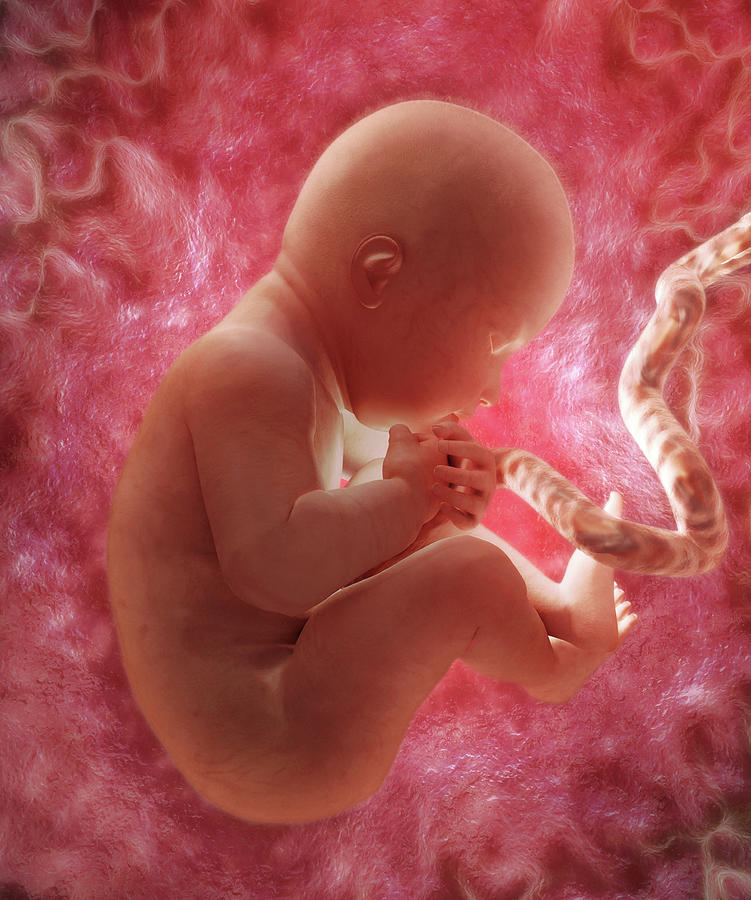 Gentle exercises can help to prevent leakage when you laugh, sneeze or cough. Get the muscles going by pretending that you're having a wee and then stopping the 'urine' midflow. Visit Tommy's for more ideas about pelvic floor exercises.
Gentle exercises can help to prevent leakage when you laugh, sneeze or cough. Get the muscles going by pretending that you're having a wee and then stopping the 'urine' midflow. Visit Tommy's for more ideas about pelvic floor exercises.
Ask your midwife or doctor about online antenatal classes – they may be able to recommend one. The charity Tommy's has lots of useful information on antenatal classes and preparing you for birth.
Even if you've had children before, they're still worth going to as you can meet other parents-to-be. The NCT offers online antenatal classes with small groups of people that live locally to you.
To keep bones and muscles healthy, we need vitamin D. From late March/early April to the end of September, most people make enough vitamin D from sunlight on their skin. However, between October and early March, you should consider taking a daily vitamin D supplement because we cannot make enough from sunlight.
Some people should take a vitamin D supplement all year round, find out if this applies to you on the NHS website. You just need 10 micrograms (it's the same for grown-ups and kids). Check if you're entitled to free vitamins.
You just need 10 micrograms (it's the same for grown-ups and kids). Check if you're entitled to free vitamins.
It's recommended that you do 150 minutes of exercise a week while pregnant. You could start off with just 10 minutes of daily exercise - perhaps take a brisk walk outside. Check out Sport England's #StayInWorkOut online exercises (scroll to the pregnancy section). Listen to your body and do what feels right for you.
There's no need to eat for 2. You don't need any extra calories until the third trimester, which starts in week 28. Try to eat healthily, with plenty of fresh fruit and veg, and avoid processed, fatty and salty foods. You may be able to get free milk, fruit and veg through the Healthy Start scheme.
You and your family should follow the government and NHS guidance on coronavirus (COVID-19):
To find out about about COVID-19 and pregnancy, childbirth and breastfeeding, have a look at advice on the:
Baby and You at 16 Weeks Pregnant: Symptoms & Development
In this article:
Key takeaways at week 16
Baby's development at week 16
3D anatomy views
Pregnancy symptoms this week
Your body at 16 weeks
Tips for week 16
Checklist for week 16
Key Takeaways at 16 Weeks Pregnant
- Your uterus is expanding big time—meaning that bump might show up any day now (if it hasn’t already!).
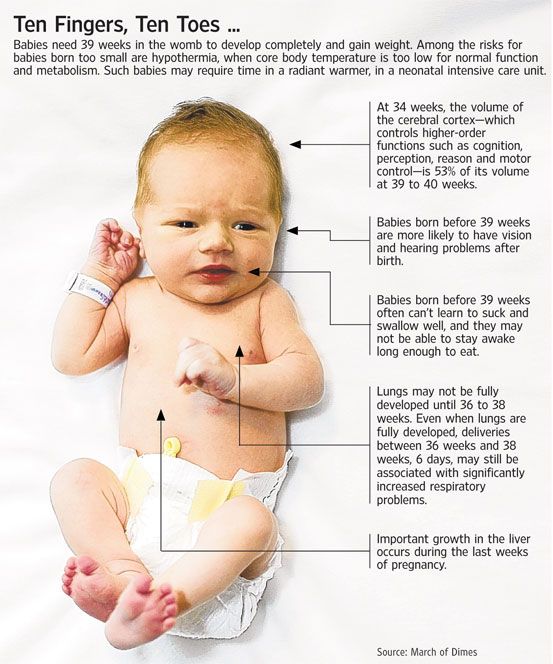
- Some pregnant people can feel baby move as early as 16 weeks. If this isn’t your first pregnancy, you’ll easily recognize (and more readily identify) those signature kicks, jabs and rolls. FYI, early movement is called quickening.
- Amniocentesis is an elective test that happens between 15 and 20 weeks gestation. It can diagnose neural tube defects, chromosomal abnormalities and other genetic disorders. It’s generally considered safe, but comes with a very small increased risk of miscarriage.
Now that you’re 16 weeks pregnant, things are getting pretty exciting. You may have another prenatal visit this week, where you will get to hear baby’s heartbeat again. Even more thrilling will be feeling baby kick, which could happen starting this week, so pay attention to those subtle feelings in your 16 weeks pregnant belly. Another cool fact? Baby is starting to be able to hear your voice—and they’ll recognize it at birth—so feel free to chat baby up any chance you get.
Watch Week 16 Highlights
Baby at Week 16
Inside your 16 weeks pregnant belly, baby is listening to your voice, thanks to tiny bones forming in their ears. Your 16-week fetus is growing hair, lashes and eyebrows, and their taste buds are forming.
What is baby doing at 16 weeks? Growing! Baby develops a lot during the second trimester, and a 16-week fetus is no exception. The muscles and bones are taking shape, the liver and pancreas start working, lung tissue forms, toenails appear and legs develop. It’s a big week for baby!
How big is baby at 16 weeks pregnant?
At 16 weeks pregnant, baby is the size of an avocado, measuring 4.6 inches long and weighing in at 3.5 ounces.
16 weeks pregnant is how many months?
Sixteen weeks pregnant is four months pregnant—but remember, most doctors track your progress by week, not month.
16 week ultrasound
You’ll probably have a four-month prenatal visit around the time you’re 16 weeks pregnant. As usual, you’ll likely have a urine test; your OB will be checking your urine for signs of gestational diabetes and preeclampsia. You may have a 16 weeks pregnant ultrasound at your appointment, too.
As usual, you’ll likely have a urine test; your OB will be checking your urine for signs of gestational diabetes and preeclampsia. You may have a 16 weeks pregnant ultrasound at your appointment, too.
3D Views: My Baby, My Body
See their progress for yourself with our 3D interactive tool.
See My Baby in 3D
See My Body in 3D
Pregnancy Symptoms at Week 16
More reason to celebrate: There are some 16 weeks pregnant symptoms that are actually good. For example, some moms-to-be find their hair and nails grow faster. Your hair might actually look thicker and more lustrous and your skin might look radiant, too. Woohoo! Here’s more of what you might be feeling at 16 weeks pregnant:
Backaches
Your aching back is a side effect of pregnancy hormones. To ease backaches, make some time for low-impact exercise. Sit and stand up straight and regularly stretch your body.
Bigger boobs
Your breasts have probably gone up several cup sizes by now and should be completely prepped for breastfeeding by the end of the second trimester.
Constipation
Getting, um, stopped up is an unfortunate result of your uterus starting to press on your intestines. Load up on fiber-rich foods and drink lots of water to keep things moving.
Forgetfulness
This is also known as #PregnancyBrain. No one knows for sure what causes pregnant women to become more forgetful. It could be biological or it could just be a result of having lots on your mind!
Dry, itchy, sensitive eyes
Blame the hormones once again! Some moms-to-be find themselves dealing with itchy, watery eyes, especially if they have allergies. You could try over-the-counter allergy medications or eye drops for dry eyes, but be sure to consult your OB before choosing one.
Glowing skin
Finally—that pregnancy glow that people are always talking about. Va va voom! Keep your skin looking its best by knowing what products to use—and what ingredients to avoid. Avoid Retin-A and salicylic acid containing products.
What should you feel at 16 weeks pregnant?
As the second trimester continues, you should be gaining more energy. Many moms-to-be enjoy glowing skin, thanks to a combination of more blood pumping through your body and hormones increasing oil production in the skin. On the flip side, you may still experience symptoms you’ve been dealing with for weeks now. Bleeding gums, leg cramps, aches and pains, skin discoloration and swelling are all common occurrences for women who are around four months pregnant.
If you’re 16 weeks pregnant with twins, your symptoms probably won’t be different than they would be for a mom carrying one baby at this point. You definitely want to keep your doctor posted on all your symptoms, though, since a twin pregnancy is considered higher risk, so your doctor will want to keep close tabs on you and your babies.
Your Pregnant Belly at 16 Weeks
Pretty soon, you’ll start feeling baby moving around in your 16 weeks pregnant belly. At first, those moves might feel like gas or a muscle twitch, but over time, as baby gets bigger and stronger, they’ll be unmistakable. If you’re 16 weeks pregnant with twins, you won’t feel kicks any earlier than a singleton mom-to-be will, but over time, twin moms definitely feel more kicking sensations.
At first, those moves might feel like gas or a muscle twitch, but over time, as baby gets bigger and stronger, they’ll be unmistakable. If you’re 16 weeks pregnant with twins, you won’t feel kicks any earlier than a singleton mom-to-be will, but over time, twin moms definitely feel more kicking sensations.
Of course, feeling those movements comes with other issues, like having your lungs crowded by your growing babe. That could make it seem tough to catch your breath from time to time.
Should you have a baby bump at 16 weeks?
Your bump is probably making its appearance around 16 weeks pregnant, if it hasn’t popped already. There are a few different reasons behind the size of your 16 weeks pregnant belly, which include your expanding uterus and possible bloating from excess fluid in the body. And of course, your growing baby is taking up space too!
“Nothing sweeter than week 16. Around now is when that first trimester nausea has likely subsided.
You may also be feeling more energetic than in the first trimester, but make sure you take it easy and get plenty of rest so you can continue to exude that beautiful pregnancy glow. “ - Rachel Miller, MD, an ob-gyn and owner and founder of Pocket Bridges.
Tips for 16 Weeks Pregnant
Here are some things to do this week.
Prevent acne breakouts
The extra oil your skin produces during pregnancy can lead to pimples, so control flare-ups with oil-free products that do the job while still being gentle enough for you and baby. Look for cleansers and treatment products with glycolic acid or benzoyl peroxide and avoid retinols, but always consult with your doctor before using an acne treatment.
Make lists
Pregnancy brain can be frustrating, so get ahead of it by making to-do lists. Whether you have a digital planner or use old-fashioned paper and pen, jotting down all you have to do—and it’s probably a lot right now!—helps you keep track of everything without missing a step.
Update your bra drawer
By now your breasts have probably grown quite a bit, and suddenly the bra spillage is real. Skip the sexy lingerie section and invest in some high-quality maternity or nursing bras to best support the girls.
Find a chair with good support
If you’re working through your pregnancy sitting at a desk, it can intensify any backaches you have. Try placing a support pillow behind your lower back, or find a comfortable ergonomic chair that keeps your back straight, not hunched over.
ADVERTISEMENT
Pregnancy Checklist at 16 Weeks Pregnant
Reminders for the week:
save article
PREVIOUS
Week 15Pregnancy
NEXT
Week 17Pregnancy
ADVERTISEMENT
Watch These Videos Next:
Advertisement
Article saved.Go to My Saved Articles
Article removed.
Ultrasound of the fetus, photo of the abdomen, what happens to mom and baby
What happens to the baby at 16 weeks
At 16 weeks of pregnancy, the baby undergoes numerous changes, his bones harden, and the heart works more and more intensively.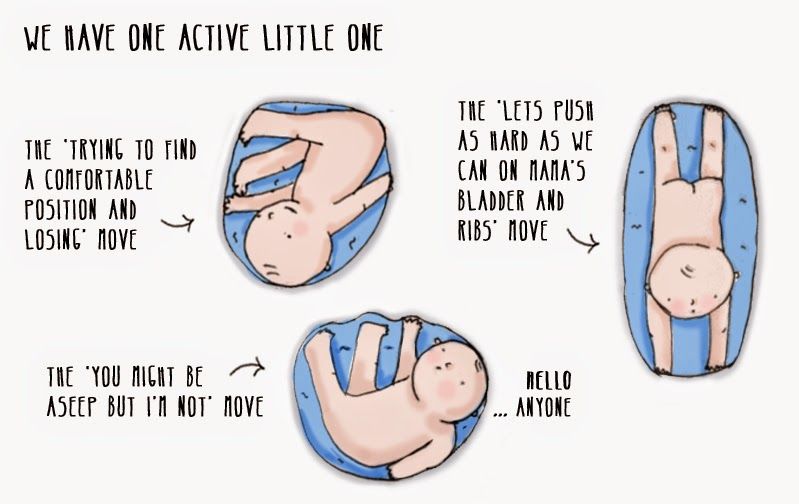 His fingers and toes have formed, they now have a characteristic unique pattern.
His fingers and toes have formed, they now have a characteristic unique pattern.
The baby's face becomes more prominent, its features appear more noticeable than before. If the mother is rather slender, she can feel the baby swarming in the tummy as early as 16 weeks, although movements usually become noticeable at 18-20 weeks. nine0005
Even if the woman does not feel it, the baby in the womb actively waves its arms and legs, touches the umbilical cord with its fingers, touches the face and legs with them.
From time to time, the baby swallows some of the amniotic fluid in which he swims. Once in the digestive tract, this liquid helps the child's digestive system to develop.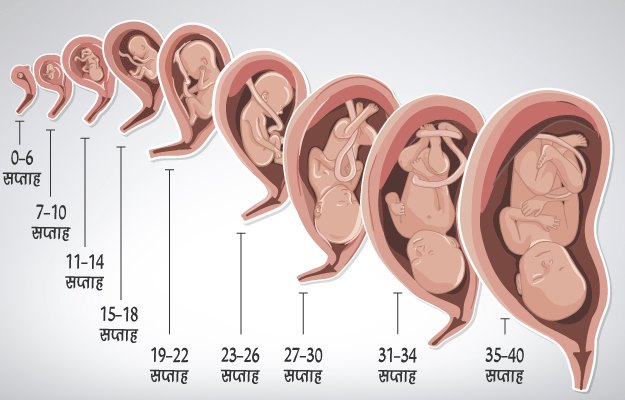 Thanks to such exercises, the baby after birth can absorb colostrum and milk. Further, the liquid is filtered by the kidneys, and then returns to the cavity in the form of urine. nine0005
Thanks to such exercises, the baby after birth can absorb colostrum and milk. Further, the liquid is filtered by the kidneys, and then returns to the cavity in the form of urine. nine0005
At this time, the child's cerebral cortex develops intensively, furrows and convolutions appear on it. In parallel, the organs of the endocrine system begin to function: the adrenal glands and the thymus gland.
Fetal ultrasound
Second trimester ultrasound screening can be done at 16 weeks of gestation from conception. Although, as a rule, doctors send mothers for such an examination closer to the 18th week.
With ultrasound of the fetus at 16 weeks, specialists study not only possible pathologies, but also try to obtain information about the thickness of the placenta and its location, degree of maturity (normal 0-1), the amount of amniotic fluid in order to determine oligohydramnios or polyhydramnios. nine0005
The doctor examines the cervix with a vaginal probe, it should not be less than 30 mm, and the internal os should be closed.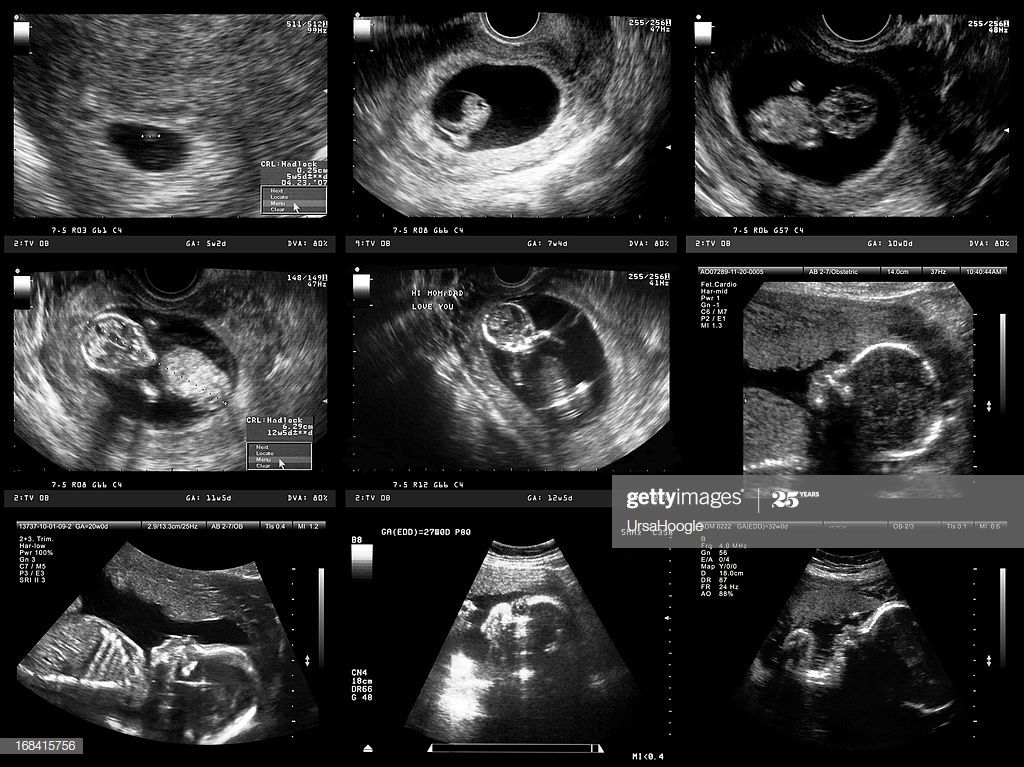
In addition, a 16 week fetal ultrasound will allow doctors to determine the baby's weight, the circumference of his head and tummy, the length of the thigh and humerus, as well as the number of heartbeats (normal 120-160 at any time).
Belly photo
By the 16th week of pregnancy from conception, the weight of the baby can already reach 150 grams, and the height will be about 12.5–14 cm. The baby is close to a pomegranate in size. nine0005 Photo: pixabay.com
A 16-week belly photo is a good way to record the beginning of your baby's life. In slender girls at this time, the tummy already slightly protrudes forward, so it becomes difficult to hide the position. Moms with more rounded shapes may not worry about the belts on their trousers yet, but in the next couple of weeks they will feel an increase in the waist area.
What happens to the mother at 16 weeks
Since the beginning of pregnancy, the mother has most likely gained 4.5 to 5.8 kg in weight.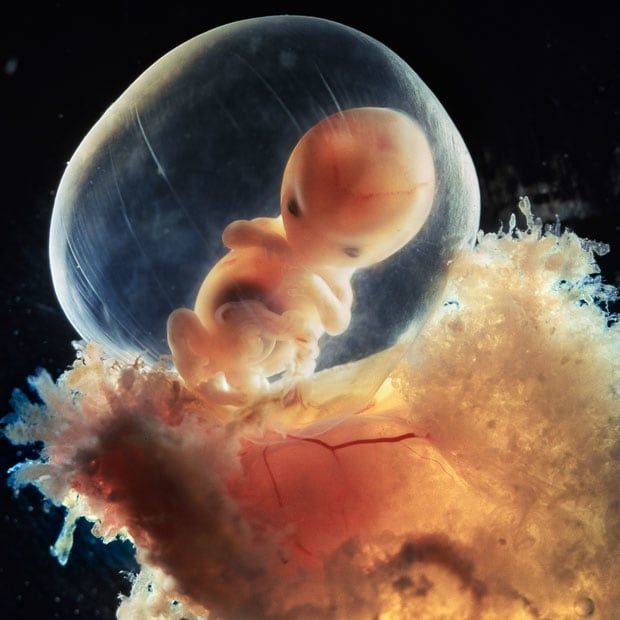 Such changes do not go unnoticed, so that a woman may face inconvenience. Sleeping, and just lying on your back, becomes more and more difficult, as the growing uterus begins to put pressure on the inferior vena cava, interfering with blood flow. nine0005
Such changes do not go unnoticed, so that a woman may face inconvenience. Sleeping, and just lying on your back, becomes more and more difficult, as the growing uterus begins to put pressure on the inferior vena cava, interfering with blood flow. nine0005
The cardiovascular system of a pregnant woman is exposed to a serious load at this time, so blood pressure may be lower than normal, shortness of breath may occur. It should be borne in mind that any sudden movements, such as getting out of bed, can result in dizziness and weakness in the legs.
At the 16th week of pregnancy, some mothers notice that the discharge of leucorrhoea from the vagina has increased. There is nothing to worry about, just try to wash yourself more often and wear cotton underwear. nine0005
During the second trimester, doctors recommend a diet with minimal amounts of simple sugar. It attracts microbes, and as a result, the woman has to be treated for infections.
What you may experience at 16 weeks
- This is the first time many women feel the movement of the fetus.
 The timing is indicative, and if your baby is not fidgeting in the stomach yet, wait a couple of weeks. Sometimes being overweight prevents you from feeling your baby's movements, so control the amount of food and follow your feelings. Most of all, the baby's movements resemble the fluttering of wings, sometimes light blows. Some mothers admit that this is more like the process of gas formation in the intestines or stomach rumbling. nine0045
The timing is indicative, and if your baby is not fidgeting in the stomach yet, wait a couple of weeks. Sometimes being overweight prevents you from feeling your baby's movements, so control the amount of food and follow your feelings. Most of all, the baby's movements resemble the fluttering of wings, sometimes light blows. Some mothers admit that this is more like the process of gas formation in the intestines or stomach rumbling. nine0045 - Brutal appetite often replaces toxicosis, so in the second trimester of pregnancy you need to watch your diet. Try to lean on healthy food, have three large meals a day and two snacks.
- Frequent urination, which will be with you until the end of the term. In no case should you endure, you need to empty your bladder at every opportunity, because otherwise there is a risk of developing cystitis, which will have to be treated.
- Pain in the back, some like aches, some have real acute attacks. These sensations arise from the growing uterus, which shifts the center of gravity, and the woman has to bend over.
 The load on the muscles of the sacrum increases, hence the pain. If it is difficult to cope with it, you can consult a doctor for analgesics. In addition, warmth and peace help, as well as special shoes and bandages for pregnant women. nine0045
The load on the muscles of the sacrum increases, hence the pain. If it is difficult to cope with it, you can consult a doctor for analgesics. In addition, warmth and peace help, as well as special shoes and bandages for pregnant women. nine0045
There are a number of sensations during the 16th week of pregnancy, which you should definitely inform your doctor about, as they can signal problems:
- persistent or severe headache;
- blurred vision or flashing "flies" before the eyes;
- rapidly increasing edema;
- bleeding from the genital tract;
- severe unrelenting abdominal pain;
- persistent vomiting;
- profuse watery discharge from the vagina - rupture of amniotic fluid. nine0045
Periods
Periods during pregnancy are something outside the norm. In reality, this is nothing more than bleeding, which may indicate a threat.
The causes of bleeding in the second trimester can be:
- pathology of the cervix - ectopia, polyp, dysplasia;
- bleeding disorders (thrombophilia) or taking blood thinners;
- abruption or placenta previa.

“Losing time in such a situation can be deadly,” doctors warn. - If there is blood discharge of different volumes from brown spotting, pink to bright scarlet, you should urgently see a doctor and do an ultrasound. nine0005
Abdominal pains
At different periods, pregnant women experience pains in the abdomen on the sides. Some mothers are worried: what if this is a danger signal. However, often such pain is normal, because the baby is growing and the uterus is growing with it. It is attached to the walls of the bone pelvis by ligaments, they are stretched - and there is a pulling pain.
How to distinguish "normal" pain from a threat?
- if the pain is only on one side, this is a good sign;
- put your hand on the stomach, if the uterus is calm - everything is in order, but if it is like a stone, we call the hospital; nine0045
- if the pain is not periodic, there is nothing to be afraid of, another thing is if it occurs every 10-15 minutes - such sensations can be an alarming sign.

Brown discharge
— At this time, bloody, brownish discharge from the genital tract is not as common as in earlier periods (up to 12 weeks). This is a serious complication and in this period requires urgent hospitalization in a hospital in the gynecological department for diagnosis and choice of treatment tactics! Such a complication, as a rule, occurs with marginal or complete placenta previa, as well as in the case of its partial detachment, - warns obstetrician-gynecologist Tatyana Mikhailova .
Frequently Asked Questions
Are cramps during pregnancy normal? And how to deal with them?
Seizures are a signal that the balance of trace elements is disturbed in a woman's body. During pregnancy, this situation is quite expected. In the second trimester, there is an active formation of the child's skeletal system, and this requires a large amount of mineral salts.
Usually, it is the mineral imbalance that causes cramps in the legs: muscle cells consume potassium, calcium, magnesium, and these elements simply do not have time to be replenished.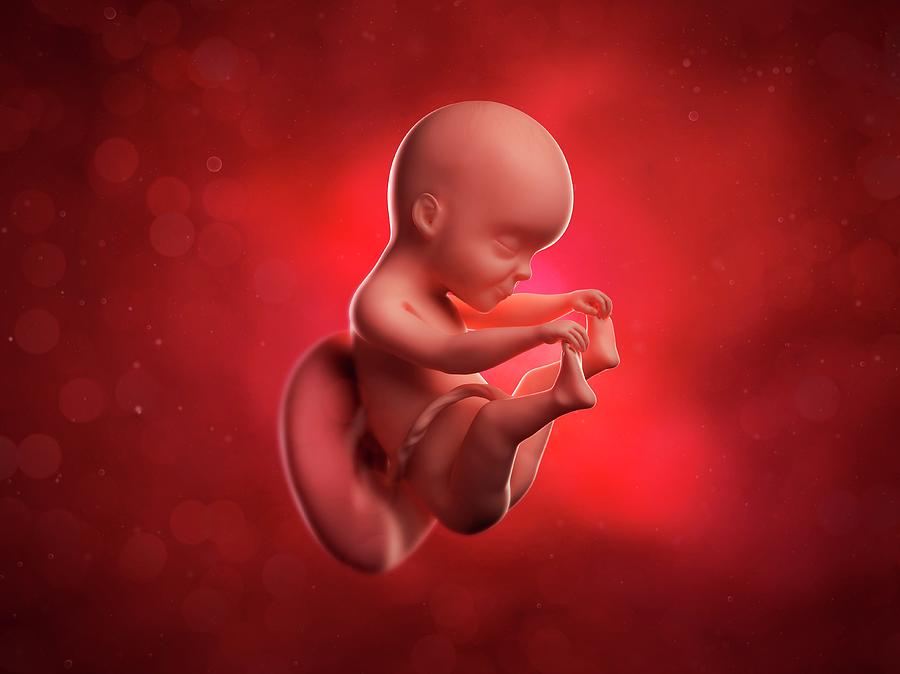 A balanced diet can help reduce the likelihood of seizures. nine0005
A balanced diet can help reduce the likelihood of seizures. nine0005
We get calcium from dairy products, nuts, cabbage, eggs, but it is well absorbed in combination with vitamin D3. Many people generally forget about potassium, while every cell of the body needs it. Therefore, it is important to include foods rich in potassium in the menu. This will also help avoid swelling problems.
What are the planned indications for a caesarean section?
There is a list of absolute indications for a planned caesarean section. This list includes:
• complete or partial placenta previa; nine0011 • breech presentation of a fetus that weighs more than 3700 grams;
• transverse or oblique position of the fetus;
• narrowing of the pelvis 3-4 degrees;
• a scar on the uterus, provided that natural childbirth is not possible;
• plastic surgery on the perineum;
• certain fetal indications for malformations;
• preeclampsia;
• indications from other organs and systems.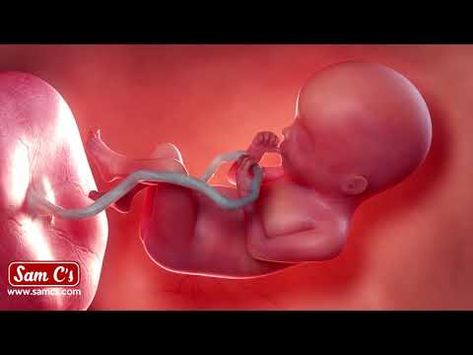
This is not the whole list, but it reflects the main reasons for the appointment of the CS.
How to avoid stretch marks during pregnancy?
Stretch marks are small tears in the top layer of the skin due to growing belly or breasts. The formation of stretch marks depends on the individual properties of the skin (primarily on its elasticity and structure). Alas, the industry has not yet come up with a cosmetic product that would completely prevent the appearance of stretch marks in pregnant women. However, the use of cosmetic oils and other means to improve the properties of the skin, of course, will reduce the likelihood of stretch marks. But no one can guarantee that it will be effective. Try to drink water to keep your skin more elastic. nine0005
Can I have sex?
If the pregnancy is normal, there is no threat of termination of pregnancy, the length of the cervix is more than 30 mm, there is no complete placenta previa, then there are no contraindications for sex, explains obstetrician-gynecologist Tatyana Mikhailova. - The main thing is that everything is in moderation, and mom needs to carefully monitor her well-being and sensations in her body!
- The main thing is that everything is in moderation, and mom needs to carefully monitor her well-being and sensations in her body!
What should I do if my temperature rises?
If during pregnancy at any time the temperature rises, and even more so if there are signs of a cold or pain, you should contact your obstetrician-gynecologist or therapist, - explains doctor Tatyana Mikhailova. nine0005
First of all, a strong heat can have a bad effect on the well-being of both mother and baby. Secondly, the danger is self-medication. Many drugs are contraindicated for pregnant women, so you should not take pills without the advice of a doctor.
What to do if the lower abdomen is pulled?
If it hurts on one side and the pain does not come in attacks at regular intervals, it means that the stretching ligaments are just annoying. Doctors advise the woman to calm down, lie down, breathe deeply and relax.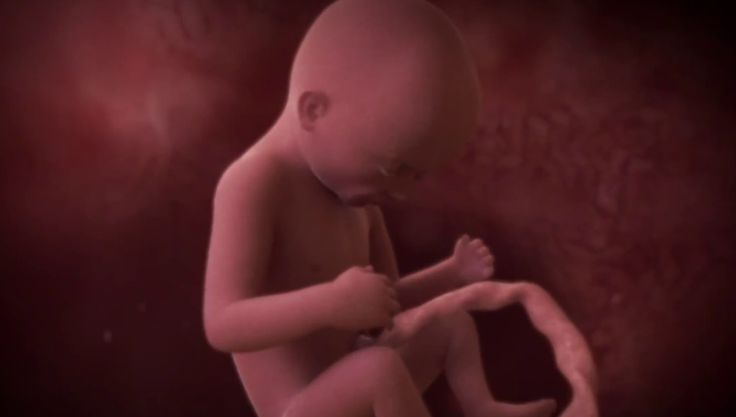 Muscle tension should go along with the pain. nine0005
Muscle tension should go along with the pain. nine0005
Sometimes rehearsal contractions manifest such pain. At such times they should not yet be, but everyone is individual.
How to eat right?
Ideally, you should eat five times a day - three main meals and two intermediate meals. At each meal, you should try to combine foods of different types containing proteins, carbohydrates and healthy fats.
Proteins should be obtained from lean meats, eggs and dairy products, carbohydrates from foods rich in plant fiber (vegetables, fruits, whole grain bread). You can eat cereals, pasta and potatoes 1-2 times a day. nine0011 Vegetables and fruits should be eaten several times a day, fish and seafood - 2-3 times a week.
It will be useful to eat foods rich in folic acid: legumes, green vegetables, spinach, Brussels sprouts and cauliflower, bananas, oranges. It is advisable to reduce the consumption of sweets, canned foods, smoked meats, fried and fatty foods.
Child development by week | Regional Perinatal Center
Expectant mothers are always curious about how the fetus develops at a time when it is awaited with such impatience. Let's talk and look at the photos and pictures of how the fetus grows and develops week by week. nine0005
What does the puffer do for 9 whole months in the mother's tummy? What does he feel, see and hear?
Let's start the story about the development of the fetus by weeks from the very beginning - from the moment of fertilization. A fetus up to 8 weeks old is called embryo , this occurs before the formation of all organ systems.
Embryo development: 1st week
The egg is fertilized and begins to actively split. The ovum travels to the uterus, getting rid of the membrane along the way. nine0005
On the 6th-8th days, implantation of eggs is carried out - implantation into the uterus. The egg settles on the surface of the uterine mucosa and, using the chorionic villi, attaches to the uterine mucosa.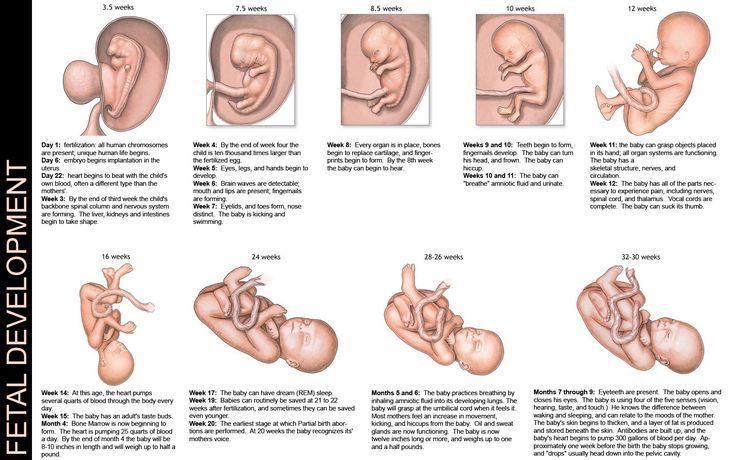
Embryo development: 2-3 weeks
Picture of embryo development at 3 weeks.
The embryo is actively developing, starting to separate from the membranes. At this stage, the beginnings of the muscular, skeletal and nervous systems are formed. Therefore, this period of pregnancy is considered important. nine0005
Embrio Development: 4–7 weeks
The development of the fetus in weeks in pictures: Week 4
DEVELOPMENT OF NEXTIONS photo: Week 4 9000 9000 9000
111111169 weeks of pregnancy.
The heart, head, arms, legs and tail are formed in the embryo :) . Gill slit is defined. The length of the embryo at the fifth week reaches 6 mm.
Development of the fetus by weeks photo: week 5
At the 7th week, the rudiments of the eyes, abdomen and chest are determined, and fingers appear on the handles. The baby already has a sense organ - the vestibular apparatus. The length of the embryo is up to 12 mm.
The baby already has a sense organ - the vestibular apparatus. The length of the embryo is up to 12 mm.
Fetal development: 8th week
Fetal development by weeks photo: weeks 7-8
The fetus has a face, you can distinguish the mouth, nose, auricles. The head of the embryo is large and its length corresponds to the length of the body; the fetal body is formed. All significant, but not yet fully formed, elements of the baby's body already exist. The nervous system, muscles, skeleton continue to improve. nine0005
Development of the fetus in the photo already sensitive arms and legs: week 8
The fetus developed skin sensitivity in the mouth area (preparation for the sucking reflex), in the area of the palm and hand.
At this stage of pregnancy, the genitals are already visible. Gill slits die. The fruit reaches 20 mm in length.
Fetal development: 9-10 weeks
Fetal development by week photo: week 9
Fingers and toes already with nails.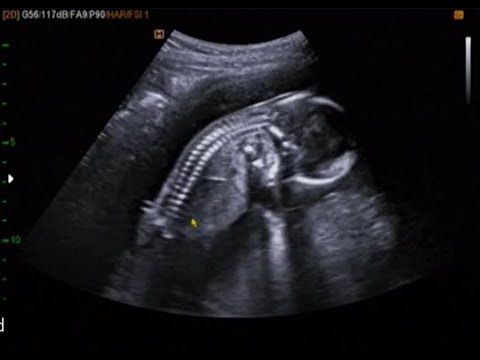 The fetus begins to move in the pregnant woman's stomach, but the mother does not feel it yet. With a special stethoscope, you can hear the baby's heartbeat. Muscles continue to develop.
The fetus begins to move in the pregnant woman's stomach, but the mother does not feel it yet. With a special stethoscope, you can hear the baby's heartbeat. Muscles continue to develop.
Fetal development by weeks photo: week 10
The entire surface of the fetal body is sensitive and the baby develops tactile sensations with pleasure, touching his own body, the walls of the fetal bladder and the umbilical cord. It is very curious to observe this on ultrasound. By the way, the baby first moves away from the ultrasound sensor (of course, because it is cold and unusual!), And then puts his hands and heels trying to touch the sensor. nine0005
Surprisingly, when a mother puts her hand on her stomach, the baby tries to master the world and tries to touch with his pen “from the back”.
Development of the fetus: 11–14 weeks
Development of the fetus in the photo of the legs: Week 11
The baby's arms, legs and eyelids are formed, and the genitals become distinguishable (you can find out the floor child).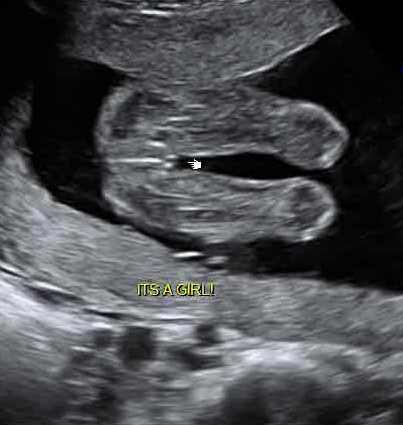 The fetus begins to swallow, and if something is not to its taste, for example, if something bitter gets into the amniotic fluid (mother ate something), then the baby will begin to frown and stick out his tongue, making less swallowing movements. nine0005
The fetus begins to swallow, and if something is not to its taste, for example, if something bitter gets into the amniotic fluid (mother ate something), then the baby will begin to frown and stick out his tongue, making less swallowing movements. nine0005
Fruit skin looks translucent.
Fruit development: Week 12
Photo of the fetus 12 weeks on ultrasound
Development urine. Blood forms inside the bones. And hairs begin to grow on the head. Moves more coordinated.
Fetal development: 15-18 weeks
Fetal development by weeks photo: week 15
The skin turns pink, ears and other parts of the body, including the face, are already visible. Imagine, a child can already open his mouth and blink, as well as make grasping movements. The fetus begins to actively push in the mother's tummy. The sex of the fetus can be determined by ultrasound.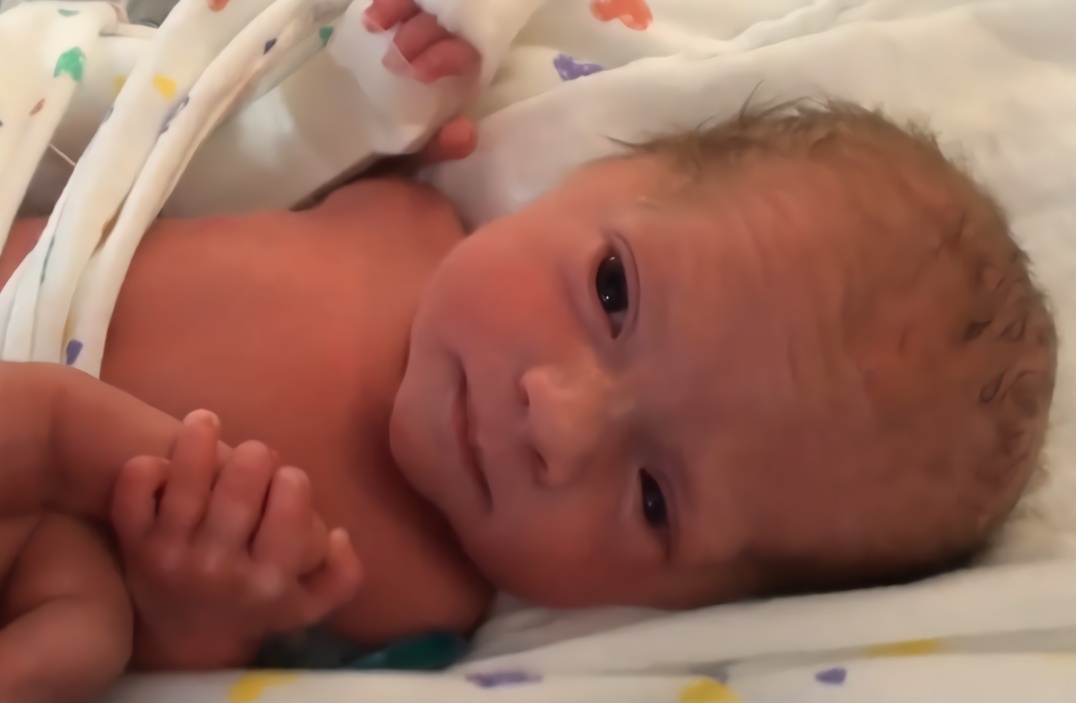
Fetal development: 19-23 weeks
Fetal development by week photo: week 19
Baby sucks his thumb, becomes more energetic. Pseudo-feces are formed in the intestines of the fetus - meconium , kidneys begin to work. During this period, the brain develops very actively.
Fetal development by week photo: week 20
The auditory ossicles become stiff and now they are able to conduct sounds, the baby hears his mother - heartbeat, breathing, voice. The fetus intensively gains weight, fat deposits are formed. The weight of the fetus reaches 650 g, and the length is 300 mm.
The lungs at this stage of fetal development are so developed that the baby can survive in the artificial conditions of the intensive care unit. nine0005
Fetal development: 24-27 weeks
Lungs continue to develop. Now the baby is already falling asleep and waking up. Downy hairs appear on the skin, the skin becomes wrinkled and covered with grease. The cartilage of the ears and nose is still soft.
The cartilage of the ears and nose is still soft.
Fetal development by week photo: week 27
Lips and mouth become more sensitive. The eyes develop, open slightly and can perceive light and squint from direct sunlight. In girls, the labia majora do not yet cover the small ones, and in boys, the testicles have not yet descended into the scrotum. Fetal weight reaches 900–1200 g, and the length is 350 mm.
9 out of 10 children born at this term survive.
Fetal development: 28-32 weeks
The lungs are now adapted to breathe normal air. Breathing is rhythmic and body temperature is controlled by the CNS. The baby can cry and responds to external sounds.
Child opens eyes while awake and closes during sleep.
The skin becomes thicker, smoother and pinkish. Starting from this period, the fetus will actively gain weight and grow rapidly. Almost all babies born prematurely at this time are viable. The weight of the fetus reaches 2500 g, and the length is 450 mm. nine0005
nine0005
Fetal development: 33–37 weeks
Fetal development by week photo: week 36
The fetus reacts to a light source. Muscle tone increases and the baby can turn and raise his head. On which, the hairs become silky. The child develops a grasping reflex. The lungs are fully developed.
Fetal development: 38-42 weeks
The fetus is quite developed, prepared for birth and considered mature. The baby has mastered over 70 different reflex movements. Due to the subcutaneous fatty tissue, the baby's skin is pale pink. The head is covered with hairs up to 3 cm.
Fetal development by weeks photo: week 40
The baby perfectly mastered the movements of his mother , knows when she is calm, excited, upset and reacts to this with her movements. During the intrauterine period, the fetus gets used to moving in space, which is why babies love it so much when they are carried in their arms or rolled in a stroller. For a baby, this is a completely natural state, so he will calm down and fall asleep when he is shaken.
For a baby, this is a completely natural state, so he will calm down and fall asleep when he is shaken.
Nails protrude beyond the tips of the fingers, the cartilages of the ears and nose are elastic. In boys, the testicles have descended into the scrotum, and in girls, the large labia cover the small ones. The weight of the fetus reaches 3200-3600 g, and the length is 480-520 mm. nine0005
After being born, the baby longs for touching his body, because at first he cannot feel himself - the arms and legs do not obey the child as confidently as it was in the amniotic fluid. Therefore, so that your baby does not feel lonely, it is advisable to carry him in your arms, press him to you while stroking his body.
And one more thing, the baby remembers the rhythm and sound of your heart very well . Therefore, you can comfort the baby in this way - take him in your arms, put him on the left side and your miracle will calm down, stop crying and fall asleep.
